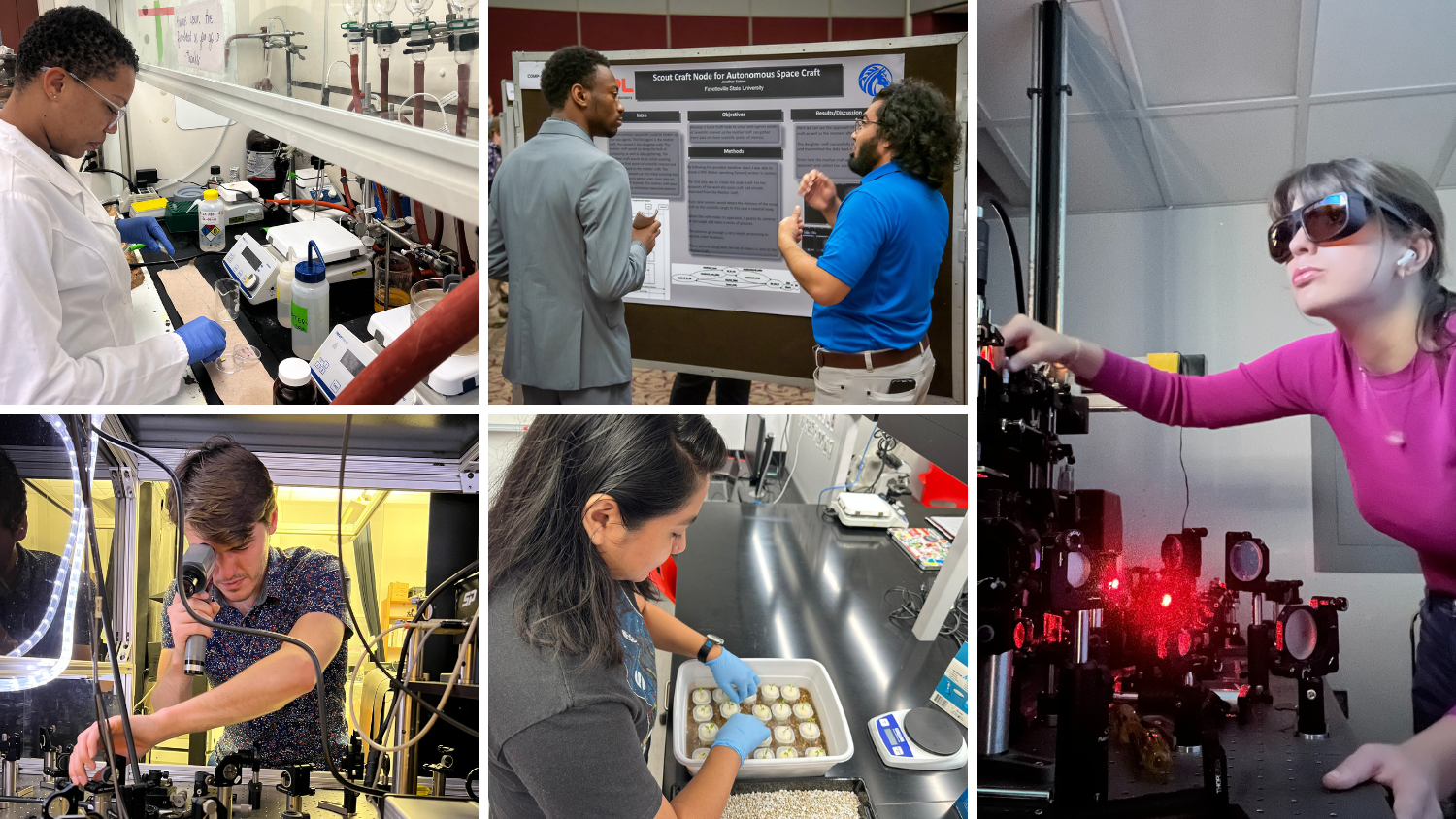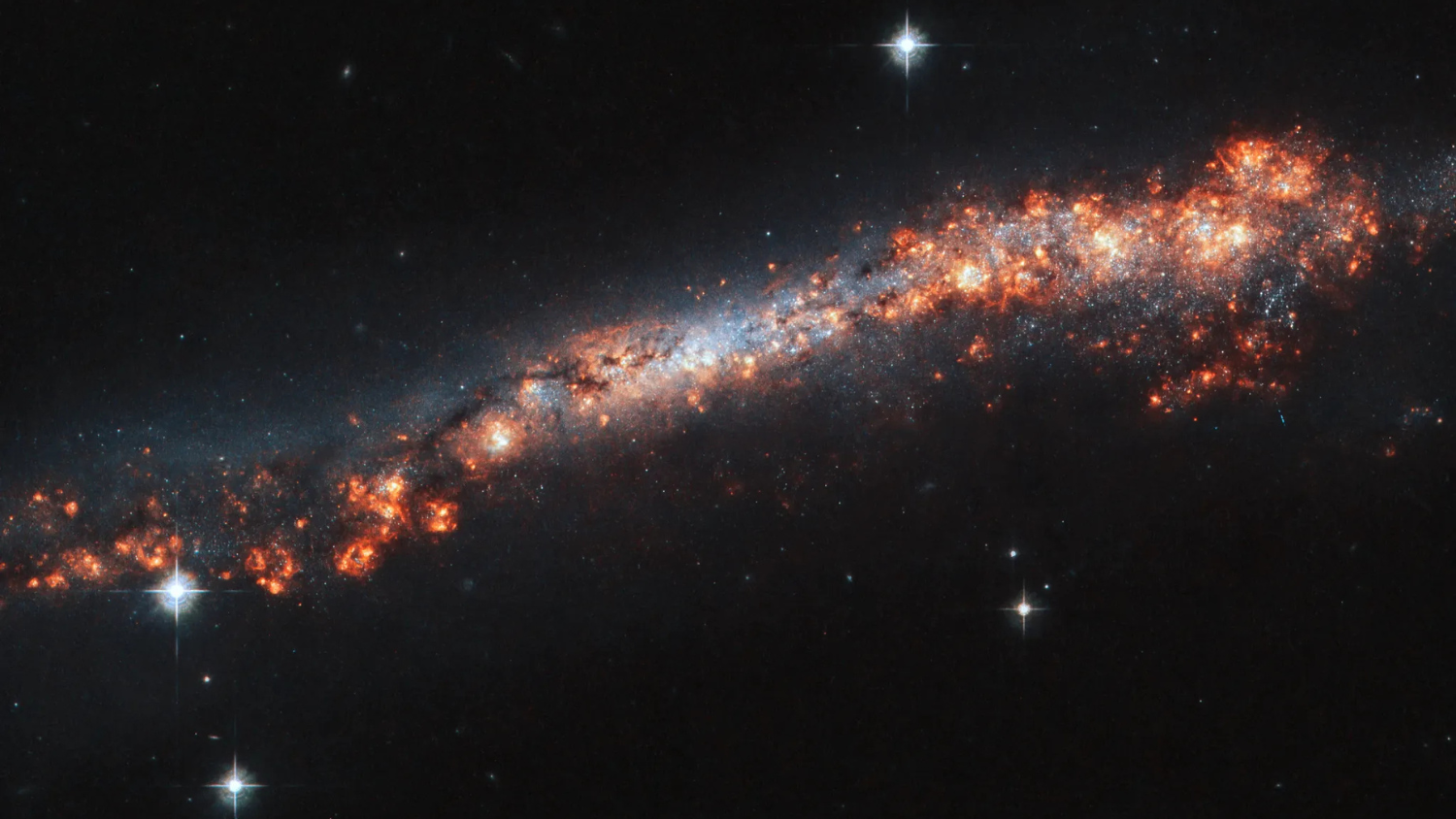NC Space Grant Congratulates 2023-24 Graduate Research Fellows
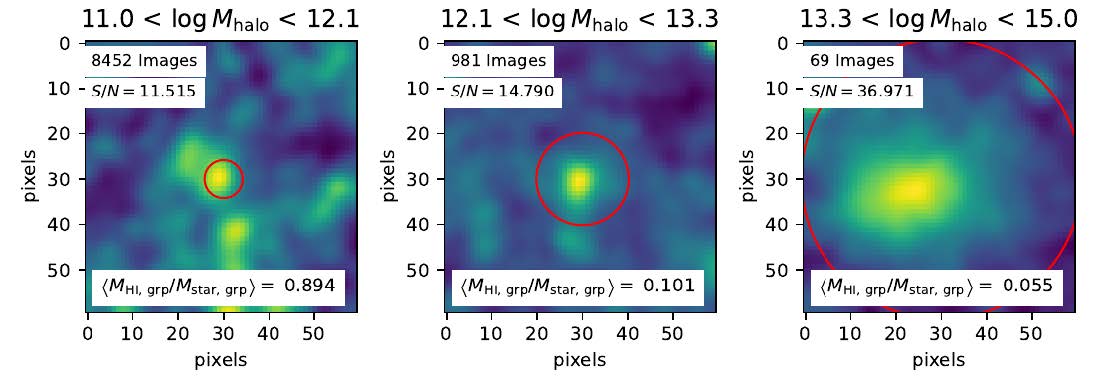
North Carolina Space Grant proudly announces its 2023-24 graduate research fellows. Fourteen graduate students will conduct science, technology, engineering and math (STEM) research to benefit NASA, commercial space or the International Space Station.
For example, their projects include investigating star formation, advancing space vehicles, and making bio-based building materials.
“Our NC Space Grant team saw phenomenal research ideas from these graduate students as we reviewed their proposals,” Sandy Canfield, NC Space Grant assistant director, said. “We are thrilled to support them. This year the proposals included charts, images and graphics to highlight the science. They helped to support and strengthen the innovative research questions and ideas.”
The work of NC Space Grant Graduate Research Fellows supports NASA’s Mission Directorates, which are tiers dedicated to research in human exploration and operations, science, space technology and mission support. Additionally, their research aligns with the NC Space Grant Strategic Plan to ensure that NC students become trailblazers of diverse STEM-based research and careers.
The 2023-24 NC Space Grant Graduate Research Fellows are:
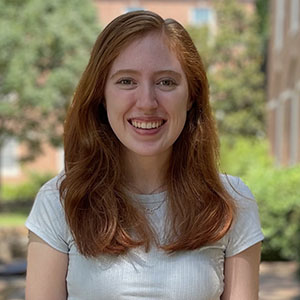
Madyson Barber, University of North Carolina at Chapel Hill, Physics and Astronomy, Project: Searching for Young Transiting Exoplanets
Barber is examining young planets less than one billion years old to understand planet evolution. She uses planetary data such as NASA’s Transiting Exoplanet Survey Satellite (TESS) to discover planet ages. TESS’ data of fluctuating starlight brightness reveals clues about their host planet’s ages.
“By studying planet evolution, we can also gain valuable insights into potential evolutionary paths of our solar system and Earth,” Barber said.
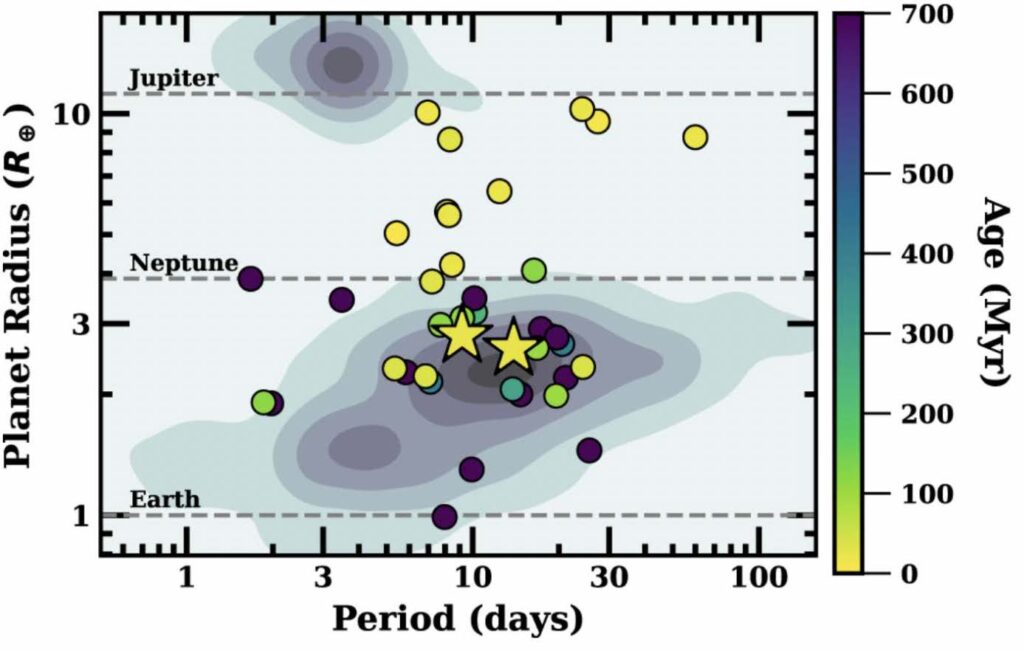

Riley Bishop, North Carolina State University, Mechanical Engineering, Project: Experimental Performance Evaluation and Optimization of a Screw-Propelled Vehicle for Mars Exploration
Bishop is working to redesign the exploration of Mars through a multi-terrain rover prototype moved by helical drives, which are screw-like rolling mechanisms. This rover could grace the rocky surface of Mars as an alternative to the standard wheel-designed vehicles that are restricted to flat terrain. Bishop believes that his research will help expand Mars exploration.
“A rover with helical drives as its method of locomotion could offer a promising alternative to wheeled rovers due to its potential for navigating a wider range of terrain, including canyons and craters with steeper inclines,” Bishop said.
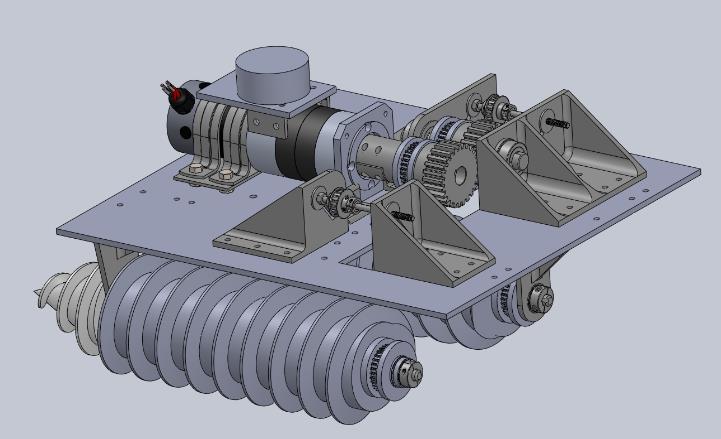
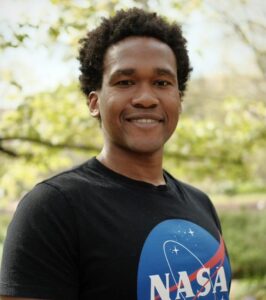
Derrick Carr, University of North Carolina at Chapel Hill, Physics, Project: Populations and Evolution of Nuggets at Redshift Zero in the RESOLVE Survey
Carr is on a mission to investigate recent compact galaxies, called nuggets, and the stages of their life. He’s using galaxy surveys, such as UNC Chapel Hill’s REsolved Spectroscopy Of a Local VolumE (RESOLVE) and Environmental COntext (ECO) to understand how two galaxies merge into a “blue” nugget then develop into a “red” one that stops forming stars. Until now, researchers have only witnessed this process in simulations of earlier galaxies. Carr’s research will show how recent dwarf galaxies, consisting of several billion stars, and massive galaxies, consisting of hundreds of billions of stars, are linked through nugget evolution.
“In the process of studying nuggets, astronomers will also better understand the formation channels of all compact galaxies in today’s universe,” Carr said.
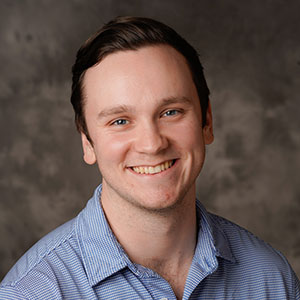
Chip Cervi, Duke University, Mechanical Engineering, Project: An Innovative Approach to Evaluate the Robustness of Axially Loaded Structures
Cervi is examining deliberate tiny defects in thin three-dimensional printed cylindrical shells. These thin, cylindrical structures are meant to support immense weight. Their failure, called buckling, can make it unstable for the systems it supports, such as rocket boosters, airplanes, water towers and grain silos.
“Knowing exactly how and when these supports will fail allows us to create safer structures with the added benefit of saving money on not overengineering them,” Cervi said.
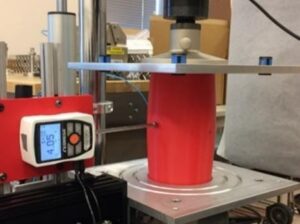
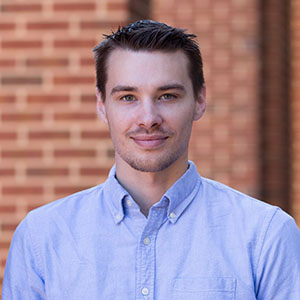
Dylan Dutton, University of North Carolina at Chapel Hill, Physics, Project: A Multi-Messenger Measurement of the Hubble Constant
Dutton is on a mission to find the universe’s expansion rate, known as the Hubble Constant. Dutton plans to detect ripples in space-time by observing the joining of two neutron stars.
“Neutron mergers are incredibly energetic events and are thought to be the source of creation for some of the heaviest elements in the universe such as gold and platinum,” Dutton said.
Dutton will trace these energetic explosions to discover fundamentals about the universe’s age and size as well as cosmic explosion processes.
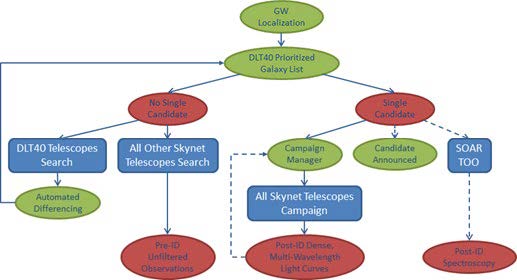
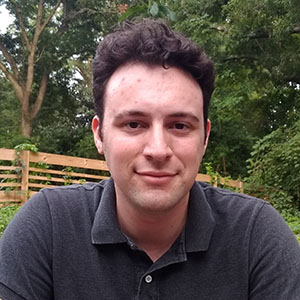
Ian Eldridge-Allegra, Duke University, Mechanical Engineering, Project: Computational Study of Transonic Buffet: 3D Wind Tunnel Effects and Shock Reversal
Eldridge-Allegra is simulating the oscillation that occurs under a plane’s wing when it is flying near the speed of sound. He uses computational fluid dynamics, which predicts fluid flow, to show how this oscillation, also called a transit buffet, behaves. He expects his outcomes to differ due to variability of the plane’s wing shape, altitude, speed and angle of attack. Eldridge-Allegra hopes to make transit buffet investigation more feasible for researchers as it is typically costly and hard to implement in creation.
“My research is on the more fundamental end; we are looking to build towards a better understanding of buffet, rather than having direct applicability to a particular airplane or wing,” Eldridge-Allegra said.
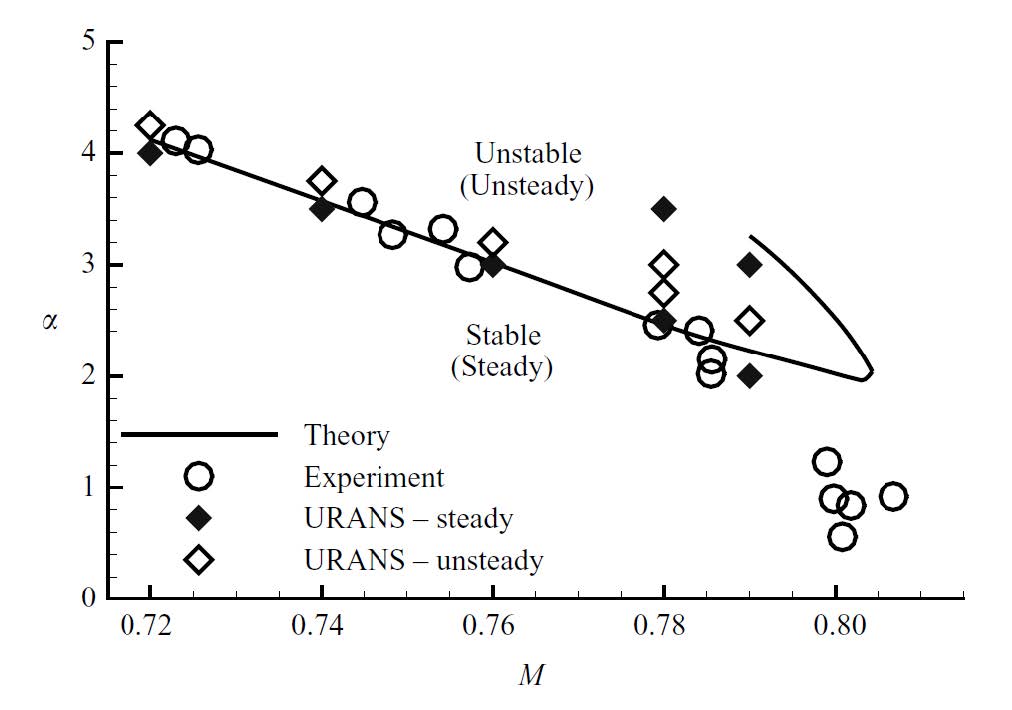
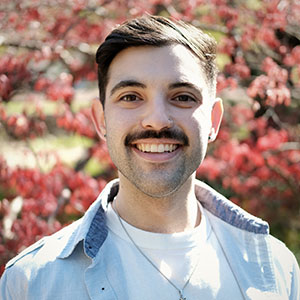
Matthew Fields, University of North Carolina at Chapel Hill, Astrophysics, Project: How Often do Planets Form Misaligned with Their Host Stars
Fields’ research looks into the potential of exoplanets, outside of the solar system, generating from misaligned planet-forming disks, which are made of leftover stardust and gas. He noticed that these exoplanets are turning in different directions of their star, unlike how Earth aligns its orbits in the direction of the sun. Fields also questions how severe exoplanet misalignment is. His research is unique since scientists assume that exoplanet misalignment happens throughout their lifetime and not at their formation.
“However, recent observations and simulations show that protoplanetary disks can be misaligned, therefore suggesting that planets could form misaligned,” Fields said, referring to the planet-forming matter. “If the results of my project show that misaligned protoplanetary disks are common, our current understanding of star and planet formation may need to be significantly altered.”
Fields also notes that his research will help characterize infant star systems by providing a method for exploring the alignments between stars and forming planet disks.
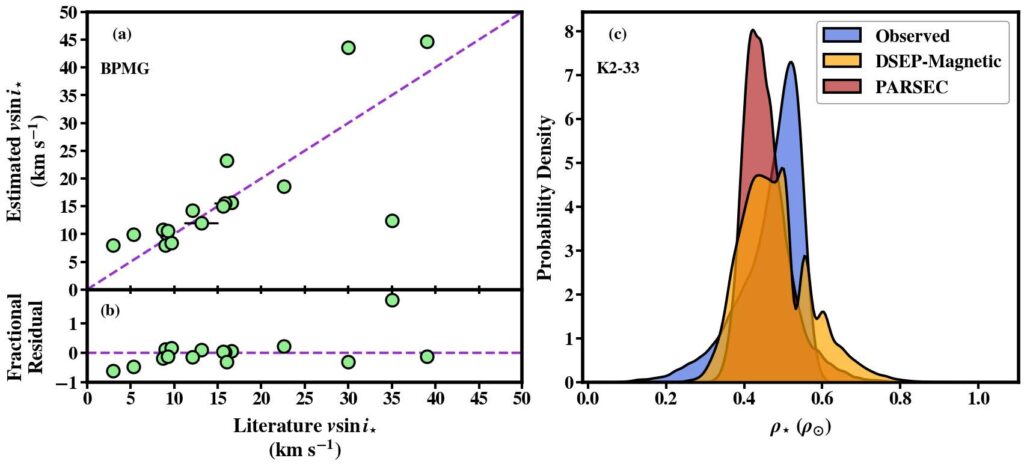
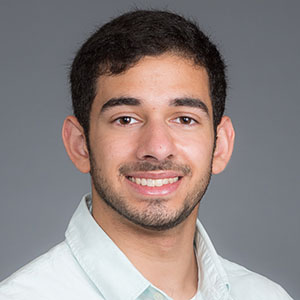
Benjamin Hezrony, Wake Forest University, Biomedical engineering, Project: Novel Convolutional Approach to Inverse Homogenization Topological Shape Optimization
Hezrony is constructing realistic 3D artificial human bones using artificial intelligence and CT scans. His goal is to prevent common damage that current bone implants cause.
“Reports have shown that some bone implants, especially those that may be very stiff, can lead to damage of the surrounding bone – a consistent problem for the past 40 years,” Hezrony said.
He hopes his constructions can eventually become bone surrogates, averting implant stiffness and revision surgeries done to repair the stiff bone implants. Moreover, Hezrony’s research will give STEM insight into the variations of structural stiffness.
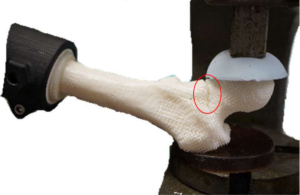
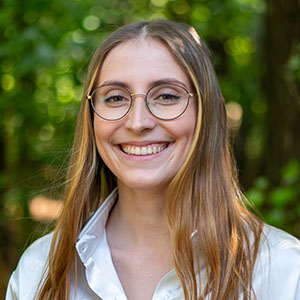
Samantha Holmes, Duke University, Mechanical Engineering, Project: Investigating the effects of multi-walled carbon nanotube inhalation: Protein corona composition, activity, formation, and structure
Holmes is analyzing how multi-walled carbon nanotubes (MWCNTs), or cylinder tubes made of carbon, interact with lung proteins due to their long and fibrous asbestos-like qualities. MWCNTs can be a concern for workers and consumers, especially those in the space industry, since these nanomaterials are used in sensors, satellites and coatings. Workers can inhale MWCNTs during assembly and astronauts could be exposed to it in extreme space environments where it degrades.
“Through this research, I hope to provide more insight into the potential effects of inhalation of MWCNTs, which could be applied to maintain safer work conditions or to develop safer versions of the nanomaterials for future applications,” Holmes said.
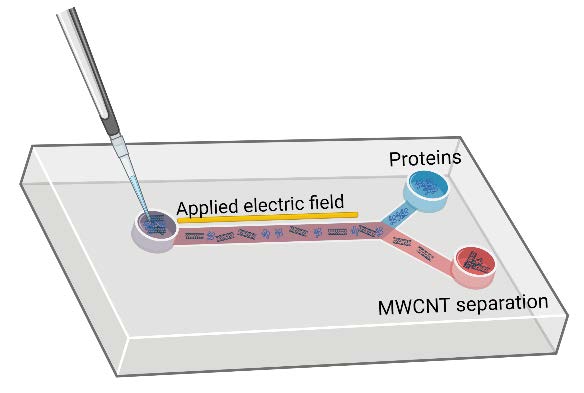
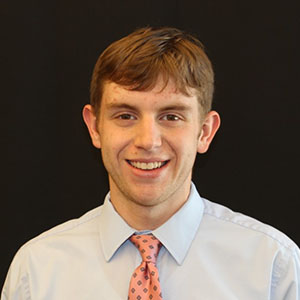
Zackary Hutchens, University of North Carolina at Chapel Hill, Physics & Astronomy, Project: Cold & Hot Gas in RESOLVE and ECO Galaxy Groups
Hutchens is exploring how galaxies evolve in relation to their environment and surrounding gas using REsolved Spectroscopy Of a Local VolumE (RESOLVE), Environmental COntext (ECO), and archival X-Ray data. Galaxies live in groups, and those surpassing a particular critical mass have surrounding gas millions of degrees high, preventing the cooling needed for galaxy growth. Hutchens’ research is important since the Milky Way and Andromeda galaxies are predicted to merge in five billion years, and the Milky Way’s surrounding gas is expected to heat millions of degrees.
“Consequently, by studying cold hydrogen and gas heating in the larger galaxy population, our research sheds light on the origins and fate of the Milky Way. We will not only better understand the astrophysics of how galaxies grow and evolve, but we will better understand our cosmic ‘story’ and our place in the universe,” Hutchens said.
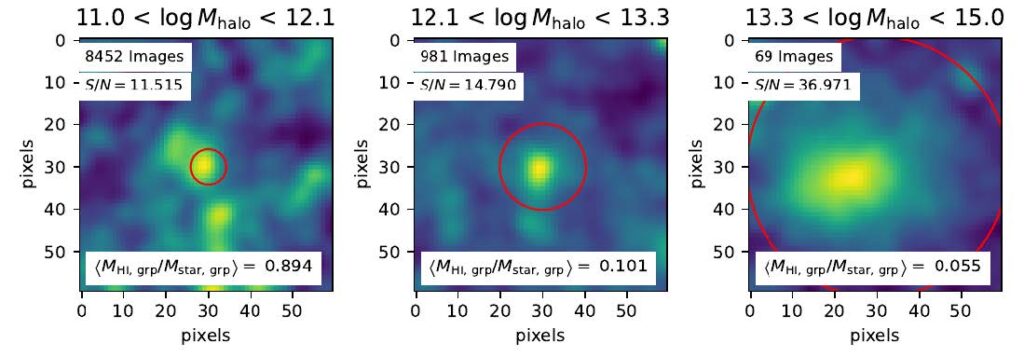
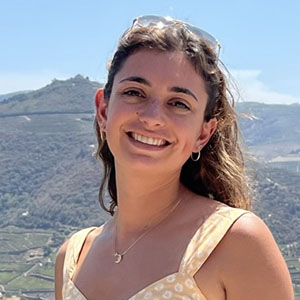
Sophia Kressy, University of North Carolina at Chapel Hill, Astrophysics, Project: Minimal 3D Magnetic Field Reconstruction from Polarimetry and Zeeman Observations
Kressy researches how interstellar magnetic fields affect star formation since they slow the creation process. The data used to observe magnetic fields is two-dimensional, however, magnetic fields exist in three dimensions. Kessy’s research will find ways to reconstruct these two-dimension images into images that show the three-dimensional magnetic fields.
“If we can infer the 3D magnetic field structure from observations, it may reveal patterns or trends not considered before or confirm leading theories,” Kessy said.

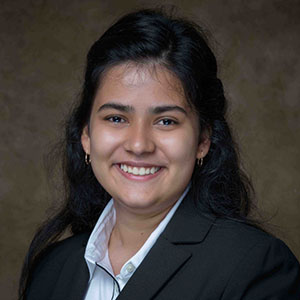
Anjali Kumari, North Carolina Agricultural and Technical State University, Nanoengineering, Project: Multimodal Acoustic and Magnetic-Based Lab-on-Chip Device for Exosome Profiling
Kumari is developing buffers that can maintain exosome stability as they transit molecules in organisms. She is looking for a long-term solution so that they can better sustain in-vitro cell cultures, a process of growing cells in favorable conditions such as a lab. Exosome cells use disease-specific biomarkers that can help researchers with disease detection. They have potential to be used as a source of liquid biopsy for early disease detection. Exosomes also provide opportunities for evaluating cellular changes through characterizing isolated exosomes.
“This project will help NASA astronauts during exploration and operation since understanding interaction between different species can help to monitor pathogenicity and allow early disease detection to ensure successful space missions,” Kumari said.
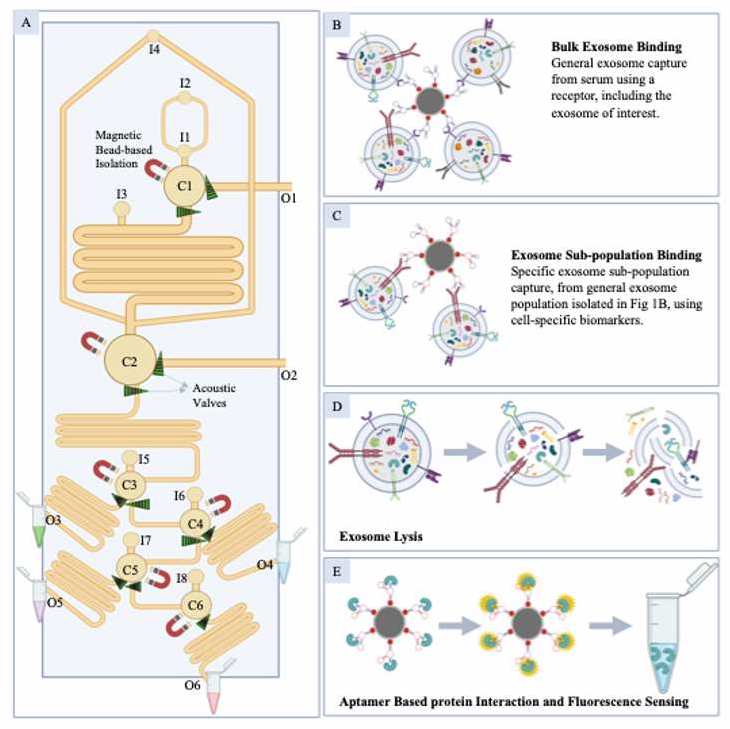
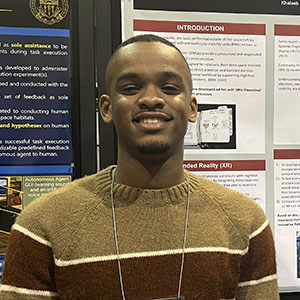
Khalaeb Richardson, North Carolina State University, Human Factors and Applied Cognition, Project: The Effects of Extravehicular Activity (EVA) Cognitive Aids on Attention, Cognitive Workload, and Task Performance
Richardson delves into the psychology of astronauts by developing tools that can support decision-making, attention and memory on long-term space flights. Astronauts would be required to complete a set of tasks after their extended mission in space. Richardson is working to introduce extended reality systems, such as augmented reality, to aid astronauts in their return home.
“Augmented reality overlays helpful information, visual, auditory or haptic onto their environment and can be used in a variety of ways,” Richardson said.
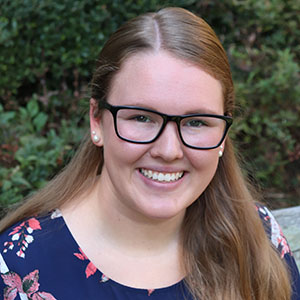
Micaela Robson, North Carolina State University, Microbiology, Project: Biomaterials for Space Missions- Evaluating Nitrogen Cycling of Microbially Induced Carbonate Precipitation in Lunar Soil Simulant
Robson is tackling how to make microbially induced carbonate precipitation (MICP), which makes bio-based building material from bacteria, more sustainable and effective. It is beneficial for resource-limited scenarios, such as in outer space. For example, Robson’s MICP technology could be used for nitrogen cycling for outer space sustainable living.
“This means that it will help to advance space exploration by developing suitable methods for building materials that will require minimal transport space and energy, ultimately enabling astronauts to readily construct things such as landing pads,” Robson said.
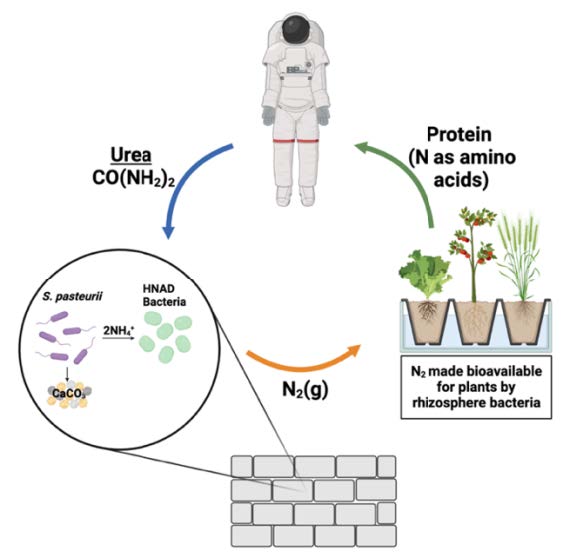
“Fellows will present their research at the distinguished NC Space Symposium gathering among other STEM students, as well as NASA and space industry professionals,” Canfield said. “Congratulations to our fellows on their achievements. We wish them the best of luck in revolutionizing STEM.”
☽
- Categories:
